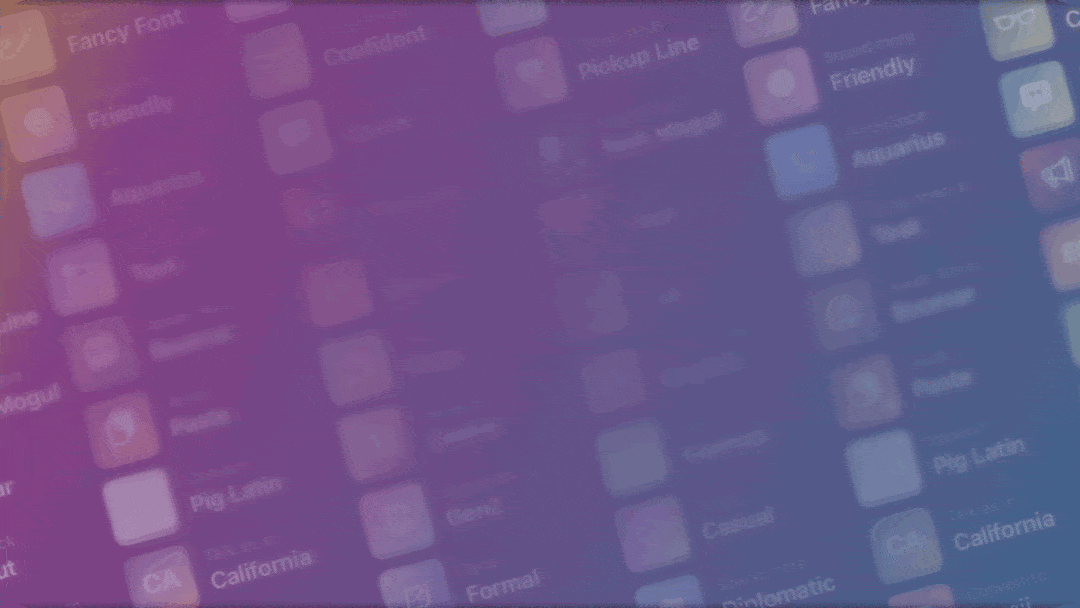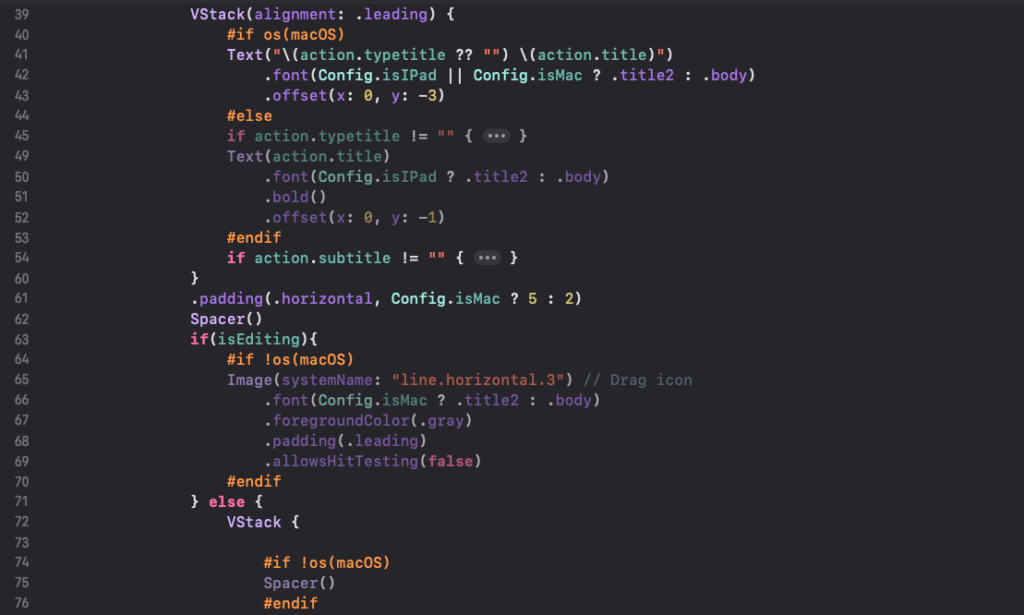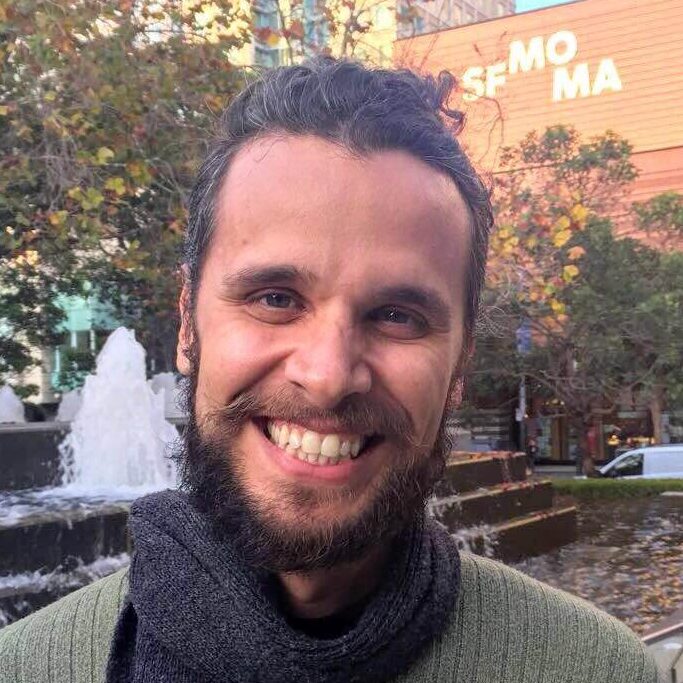I didn’t realize I was about to enter the “vibe” industry when I started building Smart Keys. All I really wanted was a way to sound fluent in languages without doing the hard work. Let’s be real: learning languages is tough. So, I built an app that lets me fake my english fluency until I make it. Besides hating this reference, the thing here is that I’ll probably never make it. I may not be as fluent as I sound using tools like this.
Still, Smart Keys did the job for me on my phone. It solved my laziness problem and gave me a sense of accomplishment. Translate a message, change to a more casual tone, proofread an email, all with one tap. Suddenly, I was hooked. This tiny app had me feeling like a fluent native speaker.
Bringing the Vibe to My Desktop
Once Smart Keys worked its magic on my phone, I thought: why not bring this vibe to my desktop? I wanted to cut down on the constant back-and-forth between tabs, the endless browser windows, and that infuriating cycle of copy-pasting. Small tasks, like checking email, sending a reply, or fixing a bug, don’t require much brainpower, but they drain your energy nonetheless.
So, I created Smart Keys for Mac.
The goal was simple: stay in my flow, move through tasks without jumping between apps, and avoid losing focus on anything. I wanted to type, hit a shortcut, and keep moving. Proofread, translate, fix code, all without leaving the current task.
Simple. Efficient. Minimal.

The Perils of a One-Code Solution
Now, if you’ve ever tried to port an app from iOS to macOS, you’ll know it’s not as simple as change deployment target and calling it a day. That’s what I thought, but nope. The idea of maintaining one codebase sounded genius: keep it efficient, keep it synced, keep the maintenance low. But here’s the thing: macOS and iOS are like distant cousins. They share some traits but are entirely different creatures.
“If debugging is the process of removing software bugs, then programming must be the process of putting them in.”
– Edsger Dijkstra
“Two platforms, one codebase” sounds like a dream, but I quickly realized that you can’t just slap a mobile UI onto a desktop app and call it a day. The screen sizes, input methods, window management, all these small details had to be adjusted. It’s like trying to fit a square peg into a round hole, but making it work without losing the essence of what you built.

The Fine Line Between Efficiency and Overload
Incorporating macOS-specific optimizations wasn’t as simple as resizing windows. The app had to manage multiple displays, adjust for different screen sizes, and still feel fluid while taking advantage of the desktop’s power. Every change, every tweak, led to a cascade of other adjustments. Maintaining a single codebase was efficient in theory, but it created a lot of headaches along the way.
I spent more time testing than I care to admit, making sure one small change didn’t break something somewhere else. But that’s the process. There’s no such thing as an easy app transition (yet).
Selling a Quiet Product That Does a Lot
Now that Smart Keys mostly works, the challenge has shifted. I’m not wrestling with bugs as much as I’m wrestling with words. Building a product that blends into your day is one thing. Explaining it without making it sound like a blender full of features is another.
It rewrites. It translates. It fixes weird grammar and polishes sloppy code. All in the background, with shortcuts you barely notice. That’s the magic. And also the problem.
It’s hard to pitch a tool that isn’t trying to impress you. It just wants to help and then get out of the way. Try to summarize it in one sentence and you either oversimplify or overcomplicate. Try to be specific and it starts to sound like five tools in a trench coat.
“First, write the press release. Then, build the product.”
– Not me
So now I’m figuring out how to talk about it without killing the simplicity. Selling a quiet product in a world that rewards loud ones. Making clarity feel exciting without dressing it up too much.
Still, every time I’m stuck rewriting copy for the tenth time, it’s right there. I hit a shortcut, smooth things out, and move on.
Sure, half the time I’m fixing the thing I just built, but hey, at least I’ve got good shortcuts for the apology emails.



